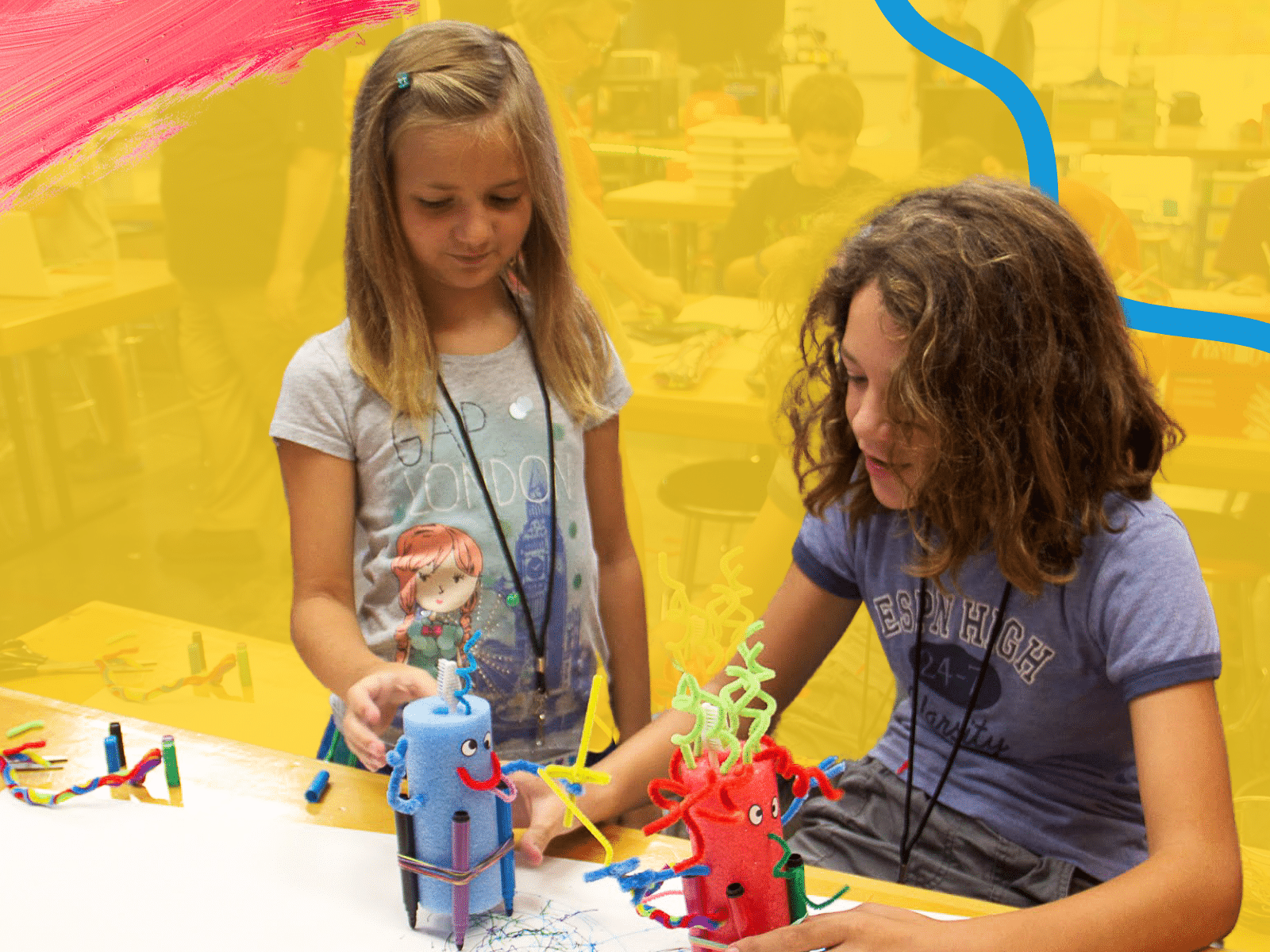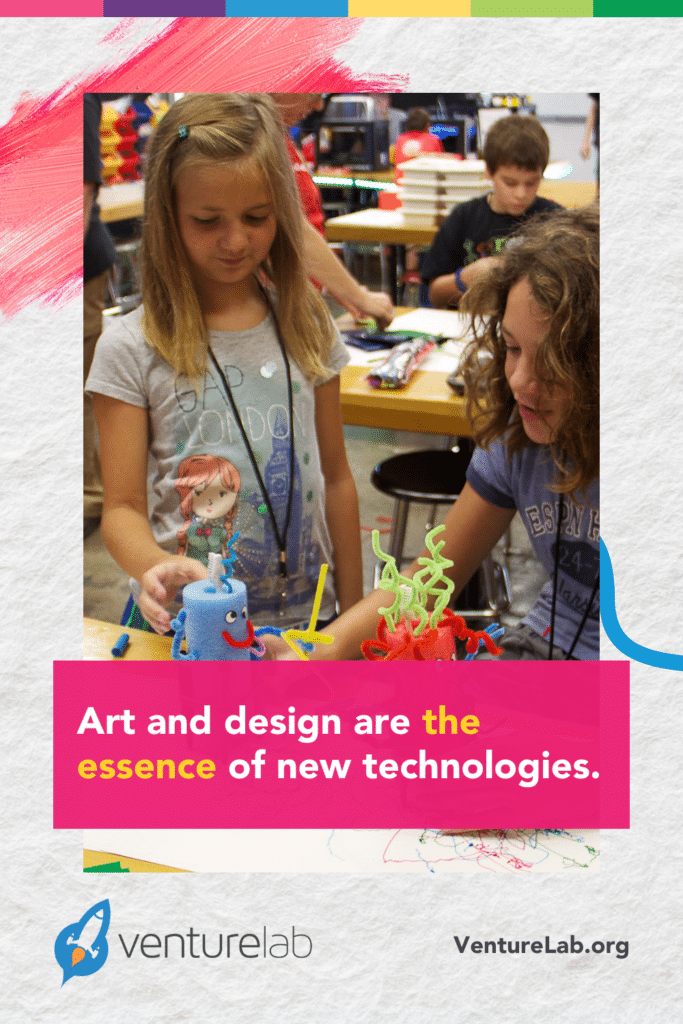
Empowering Girls in Science through Art and Design Integration
Dr. Cristal Glangchai |
February 23, 2018

Integrate Art and Design to Encourage Girls in Science
All science touches on art; all art has a scientific side. The worst scientist is he who is not an artist; the worst artist is he who is no scientist.
— Armand Trousseau, noted 19th-century French physician
In my last several posts, I’ve been outlining strategies for encouraging creativity in girls, and in developing their curiosity. In my last five posts, I’ve introduced you to: reawakening a drive in children, encouraging children to learn differently, allowing children’s play to be a creative outlet for discovery, changing a child’s perspective to see things from another angle, and demonstrating the creativity in STEAM fields.
Here is the sixth strategy for encouraging curiosity in children:
6. Integrate Art and Design
It’s no accident that Leonardo da Vinci, the preeminent Italian Renaissance scientist, mathematician, inventor, and darling of Medici patrons, was also a sculptor and painter. He observed the world around him in a manner that both scientists and artists observe. He also invented, as scientists and artists invent. Da Vinci searched for visual patterns to develop ideas, looking for similarities and connections, as all innovators do. His creations are some of the world’s most enduring images: the Mona Lisa, the Last Supper, his anatomical drawings, his sketches for flying machines.
Steve Jobs, born 500 years after Leonardo da Vinci, had a similarly fiery obsession with beauty that in his case forever changed the human-technology interface. Who would have guessed that Jobs’ interests in calligraphy and design would not only help build the most valuable company on the planet—Apple—but also be felt in the lives of billions of people?
Steve Jobs saw simplicity as the “ultimate sophistication.” He loved when a product’s design and function became seamless—as with the iPod, which revolutionized the music industry. Because of his aesthetic obsession, Steve Jobs decided that the floors at Apple’s very first retail stores would be made of a gray stone that he had seen on the streets of Florence, Italy, that had been quarried just outside of Florence, a few miles from where da Vinci was born. The stones were certainly costly. But Apple stores quickly became the most profitable per square foot of any retailer in the U.S. The floors contribute to the tactile sensation that is part of the customer experience in an Apple store.

Art is not simply tolerated in technology companies; it is now integral to them.
Lauren Edwards, a digital artist, describes her transition. “I began as a traditional artist,” she says. “A big reason I changed to digital art is that it simplified everything. I didn’t need to buy canvases, paints, turpentine. Digital is a neat package of everything I need. There was definitely a learning curve when it came to the programs. I’m still not an expert; I’m learning. When I hit the big stops, it’s not something I let stop me. I put my mind to it and keep my mind open.”
At least one university has considered a proposal to change the name of one of its majors from Computer Engineering to Computer Arts, which its advocates, including the male professor who suggested it, are convinced would “double the number of women overnight.”
A girl’s decision to pursue eSTEAM doesn’t mean that she has to trade in art, style and beauty for a pocket protector. On the contrary, it is increasingly clear that artistry and sensitivity to the details of design are part of the essence of new technologies. I’m betting that the next Leonardo da Vinci and the next Steve Jobs will be young women.
I’d love to hear from you about how the girls in your life are approaching technology. Do they realize that it can be a wellspring of art? That it can help them unleash their artistic drive? If so, what were the circumstances of their realization? And what happened as a result? Thank you for sharing.



